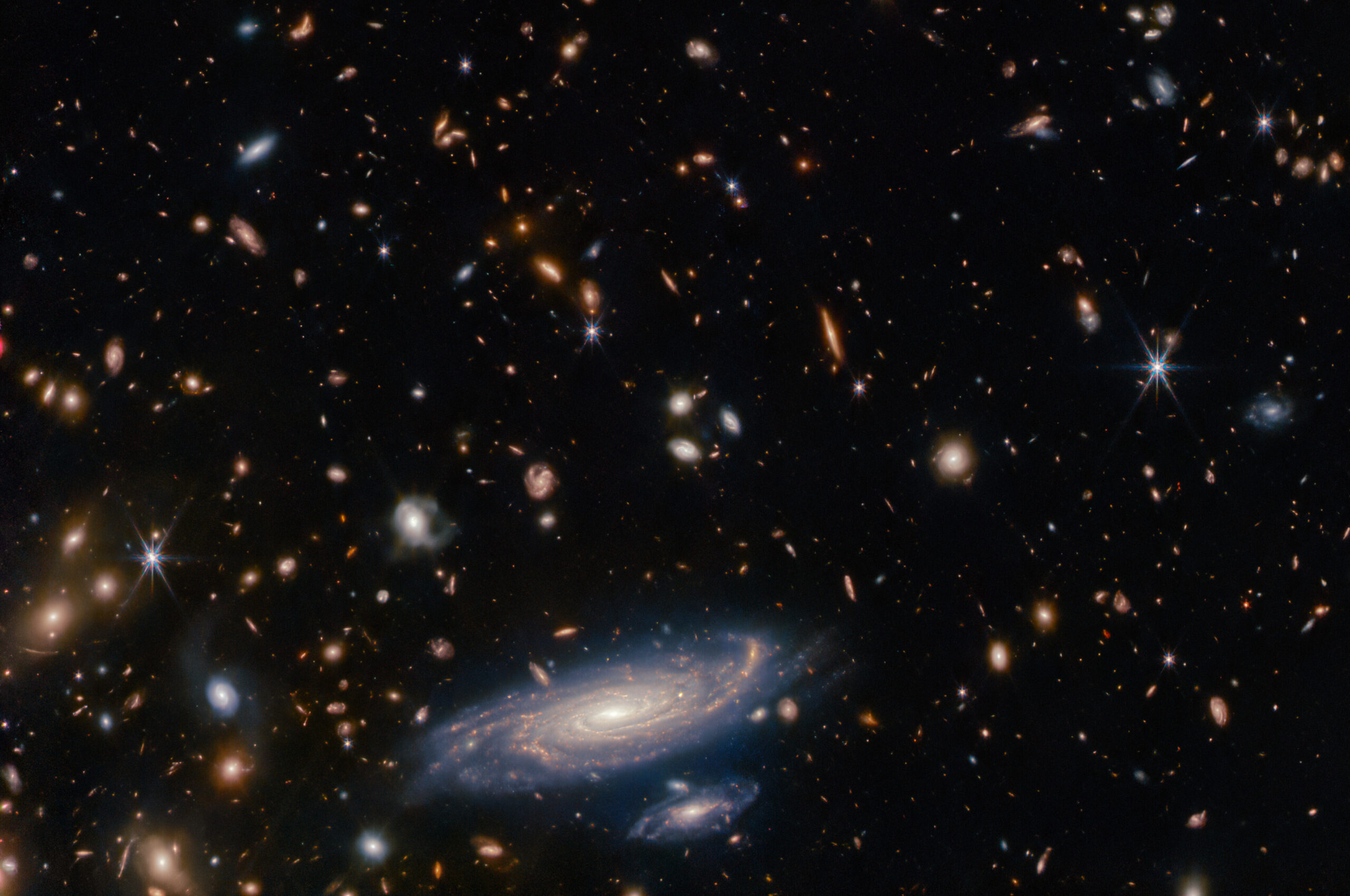Listed are all scientific papers resulting from an ISSI activity written or co-authored by ISSI Team members, Working Group members, Workshop participants, visitors or staff members.
Evapotranspiration (ET) serves as a crucial indicator for understanding both global and regional water cycles and the impacts of climate change. Traditionally, water balance-based ET derived using satellite gravimetry, runoff and precipitation is considered as a benchmark for ET assessment.
Understanding the processes that transform star-forming galaxies into quiescent ones is key to unravelling the role of environment in galaxy evolution.
Aims. Observations and simulations of coronal rain show that as cold and dense plasma falls through the corona, it initially undergoes acceleration by gravity before the downward velocity saturates. Simulations have shown the emergence of an unexpected relation between the terminal velocity of the rain and density ratio that has not been explained. Our aim is to explain this relation. Methods.
Tidal interactions play a key role in the dynamics and evolution of icy worlds. The intense tectonic activity of Europa and the eruption activity on Enceladus are clear examples of the manifestation of tidal deformation and associated dissipation. While tidal heating has long been recognized as a major driver in the activity of these icy worlds, the mechanism controlling how tidal forces deform the different internal layers and produce heat by tidal friction still remains poorly constrained.
Aims. We aim to investigate the energy-resolved pulse profile changes of the accreting X-ray pulsar V 0332+53 focusing in the cyclotron line energy range, using the full set of available NuSTAR observations. Methods. We applied a tailored pipeline to study the energy dependence of the pulse profiles and to build the pulsed fraction spectra (PFS) for the different observations. We also studied the profile changes using cross-correlation and lag spectra.
We examine the statistical properties of extreme solar activity levels through the application of the extreme value theory to the annual sunspot number series reconstructed from 14C data spanning the last millennium. We have used the extreme value theory to study long-term solar variability by applying the peaks-over-threshold technique to an annual sunspot number series reconstructed from 14C data for the last millennium.
We present the Red Unknowns: Bright Infrared Extragalactic Survey (RUBIES) providing JWST/NIRSpec spectroscopy of red sources selected across ∼150 arcmin2 from public JWST/NIRCam imaging in the UDS and EGS fields. The novel observing strategy of RUBIES offers a well-quantified selection function. The survey has been optimised to reach high (>70%) spectroscopic completeness for bright and red (F150W−F444W>2) sources that are very rare.
Metasomatism refers to the process during which a pre-existing rock undergoes compositional and mineralogical transformations associated with chemical reactions triggered by the reaction of fluids which invade the protolith. It changes chemical compositions of minerals, promotes their dissolution and precipitation of new minerals.
This study investigates the evolution of substorm onset beads into poleward expansion, surge, and streamer formation during the substorm expansion phase. Using optical observations, we infer the transition from near‐Earth instability to the formation of a near‐Earth neutral line (NENL). We found that a thin, faint arc appeared immediately poleward of the onset arc shortly after substorm onset but prior to significant poleward expansion.
We present a sample of 1956 individual stellar clumps at redshift $0.7lt zlt 10$, detected with JWST/NIRCam in 476 galaxies lensed by the galaxy cluster Abell2744. The lensed clumps present magnifications ranging between $mu$ = 1.8 and $mu$ = 300. We perform simultaneous size-photometry estimates in 20 JWST/NIRCam median and broad-band filters from 0.7 to 5 $mu$m. Spectral energy distribution (SED) fitting analyses enable us to recover the physical properties of the clumps.
